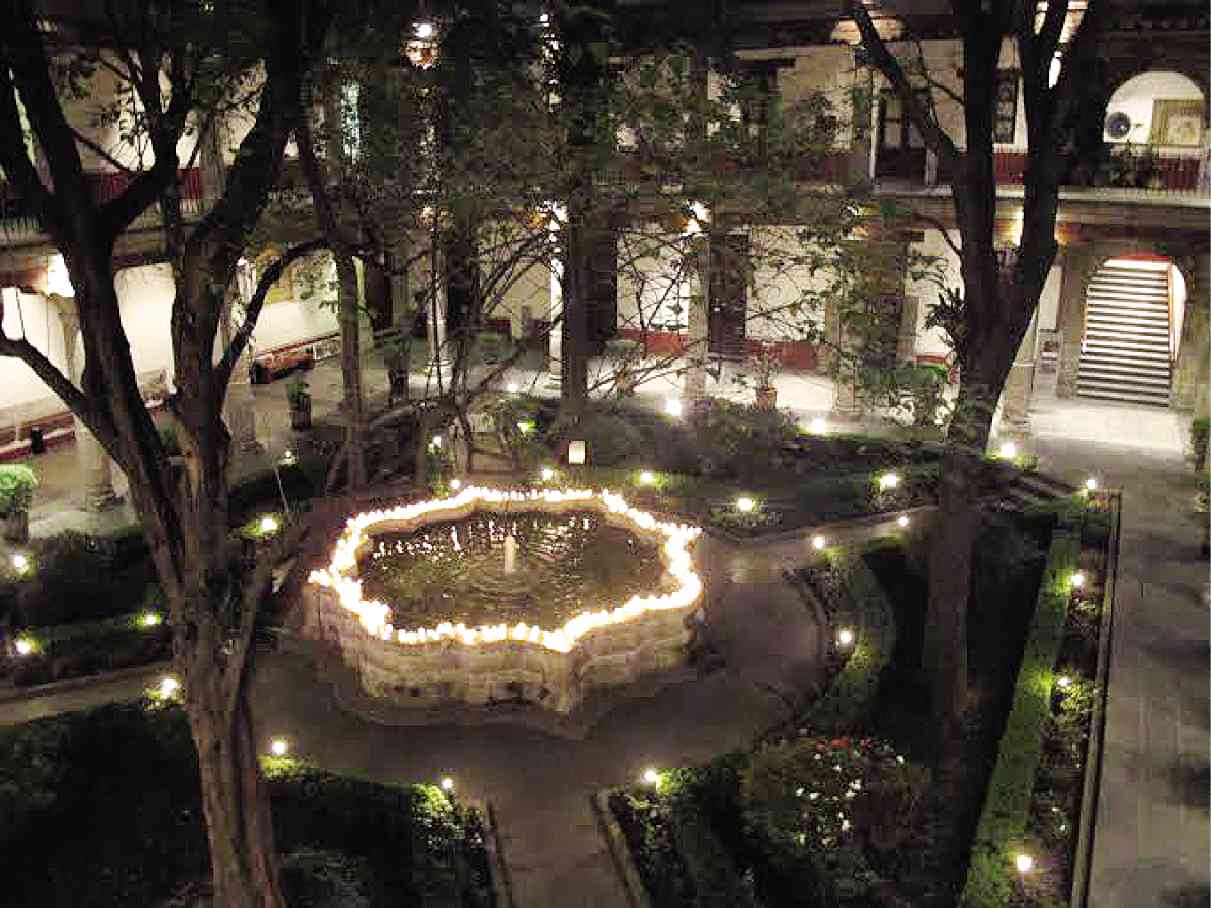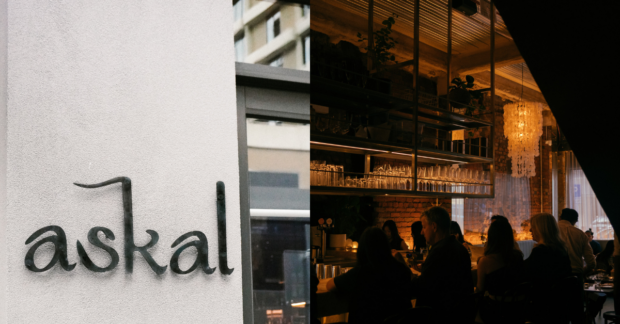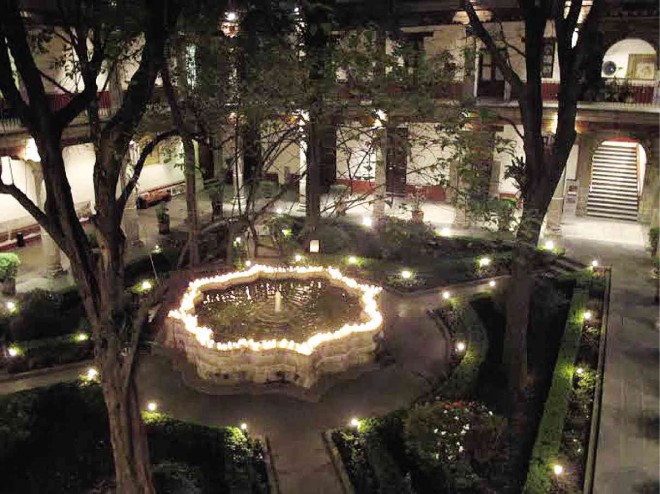
One of the things I find so astounding about Mexico City is the multitude and variety of its museums. Due to such world-renowned archaeological establishments such as the Museo Antropologia and the Museo de Plaza Mayor, the city can justly claim to be not only the country’s political center but its cultural hub as well.
In addition, there are spaces which survey the aesthetic production of the 19th century. There are also numerous galleries displaying contemporary art including the works of the great muralists like Diego Rivera.
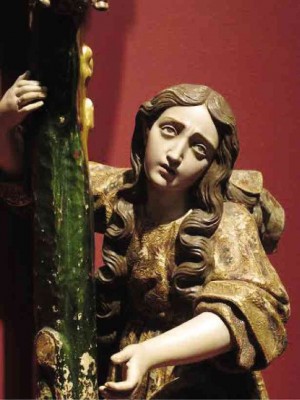
As if all these were not enviable enough, the capital boasts of many smaller institutions. An example is the Museo Franz Mayer. I first learned about this gallery from reading the elephantine catalogue of the Mexico exhibit at the Metropolitan Museum of Art in New York. Leafing through the pages, I noticed that many of the outstanding items featured were from a certain Museo Franz Mayer. I made a mental note then to include this museum in my list of must-sees should I have the good fortune to visit Mexico City.
The man after whom the Museo was named was a Jewish stockbroker who began life in Mannheim, Germany. He crossed the Atlantic to make a fresh start in the New World, arriving in Mexico in 1905. While building his fortune, he found time to explore his adopted land, traveling to remote areas and taking poignant photographs. His pictures of isolated churches, twisted stands of agave plants and work-hardened peasants revealed a sensitive eye.
Equipped with discriminating taste and the considerable resources generated by business success, he put together an outstanding assortment of colonial-era artwork. Having decided to donate his collection to the state, he set up a trust fund and named the Bank of Mexico as principal trustee.
The Museo Franz Mayer opened its doors in 1986, more than a decade after its founder’s death in 1975.
Mayer’s Museo is located on the charming Plaza Vera Cruz. The bustling street nearby is unpleasantly noisy. Yet, while wandering around the little square, one soon forgets the intrusive sounds of traffic.
During my visit, I was greeted by big tarpaulins across which was emblazoned with a surprising word: “Lubok!” Was my favorite children’s choir about to drop out of the sky? I would learn later that “lubok” was the name of a type of lithograph popular in Russia. The banners were advertising a traveling exhibit being held in another of Mexico City’s amazing small museums, this one concentrating on “estampas” or prints.
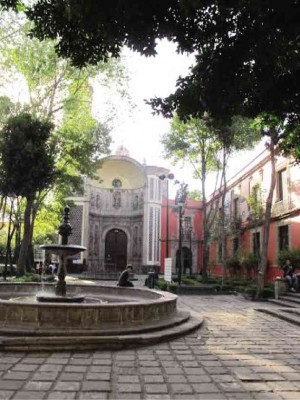
Hospital and monastery
The Franz Mayer’s main entrance was just to the side of a small church with a lavishly carved concave façade. This church had been part of the San Juan de Dios complex that included a hospital and monastery which the Museo now occupies.
We were met at the lobby by the distinguished Museum Director, Hector Rivero Borrell. He very graciously accompanied us around all the galleries.
We began with a temporary exhibit on religious sculpture from Guatemala. I saw God the Father depicted as an old man sitting on a chair with the broken body of his son slumped on his lap.
There was a Last Supper scene with Judas clutching his bag of silver even while he sat at table with his friends. Most of the wooden statues’ robes were painted with dazzling colors.
Everything was so impressive but my mind was wandering. Reading the word “Guatemaltecos” on the wall text I could hear again my college teacher, Normalidad Villajuan, dryly explaining that the names which Spanish speakers assigned to the natives of a country had no logic. There was no way to predict the correct suffix. One simply had to memorize the whole lot. So while the people of Nicaragua were Nicaraguenses, and those of Peru were Peruvianos, inexplicably, Guatemala had Guatemaltecos.
The Museo focuses on the decorative arts. We enjoyed the absorbing displays on silver and ivory. Yet the furniture section was easily the strongest area of the collection. It was here that I found the fascinating standing screen or “biombo” entirely covered with a detailed image of the capital city during colonial times.
I was already acquainted with several pieces because I had seen them in the Metropolitan Museum’s Mexico exhibit catalogue. Upon recognizing a large cupboard festooned with exquisite marquetry, I loudly exclaimed like I was greeting an old friend. Impressed, Director Rivero asked if, indeed, I had visited the Museo on an earlier occasion. Fortunately, before I could sheepishly answer that I was a nerd with such an impoverished social life that I actually memorized exhibit catalogues, the good director was called away.
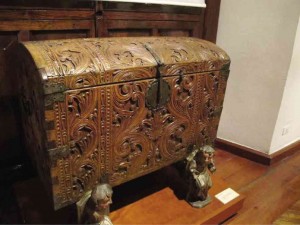
When we later resumed our tour, the matter of the cupboard had been forgotten. When I came upon a large wooden chest which was actually familiar to me having been part of the Met show, I decided to keep mum.
Philippine connection
The piece in question was the subject of discussion among some Filipino scholars. It was thought to resemble a famous “baul” on display at the museum in Baclayon. Could there be a relationship between the two?
More certain was the Philippine connection of another work on view at the Museo: a portrait painted by Ygnacio Ayala of a rather haughty lady laden with pearls. There was an inscription at the bottom which recorded that she was Maria Ysabel Geronima followed by a kilometric string of about 14 surnames. The inscription further revealed that among her titles was “Adelantada perpetua de las Yslas Filipinas.” We also learn that after being so exhaustively addressed all her life she would expire, a maiden, at the tender age of 38 years, 7 months and 24 days.
The real treat for me was being allowed to explore the Museo’s storage areas. One can always discern an institution’s museological standards by examining its store rooms. Expectedly, those of the Franz Mayer were spotless and efficiently organized.
What riches they held! Wherever one looked were lustrous fabrics, pottery and paintings. It was like that scene from the film, “The Devil Wears Prada,” when Anne Hathaway was finally allowed into the magazine’s samples warehouse!
Memorable was a cabinet inlaid with a design of tropical plants lovingly fashioned from ivory: bamboo groves, coconuts, even a banana with its hanging heart. I was especially curious about a large wood and glass tabletop case for statues of saints.
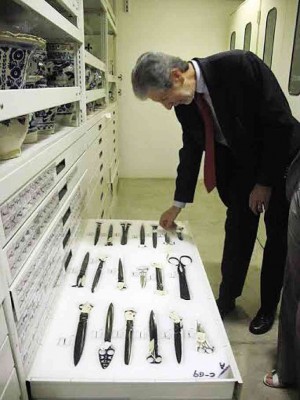
With its decorative flourishes and bright colors I was again reminded of something that I was studying—what in Bohol was called an “urna.” Given how the Galleon Trade linked both Mexico and the Philippines for centuries, what kind of artistic exchanges could have taken place?
Coming out somewhat dazed from the magical cave of treasures, I was pleasantly surprised to find one more Filipino connection. This came in the person of the dashing artist, Eduardo Olbes, who was opening an exhibit of his furniture at the Museo. While introductions were being made he proudly proclaimed that we were “kababayan.”
Enchanted by the candles that now lit the Museo’s elegant courtyard as night fell, I relished once more the many items that had brought so much delight. I thought about a man who had so lovingly gifted his country with his most cherished possessions. Perhaps similar examples could also materialize back home.
Drifting about in the twinkling light, I dreamed that someday museums could be opened for the Araneta, Campos, Pascual, Gutierrez, Locsin or even Agustines collections among others. We might just see a Museo Que or a Museo Laya. Or perhaps everything could be housed in one grand showcase. Now wouldn’t that be something to rival Mexico City?

